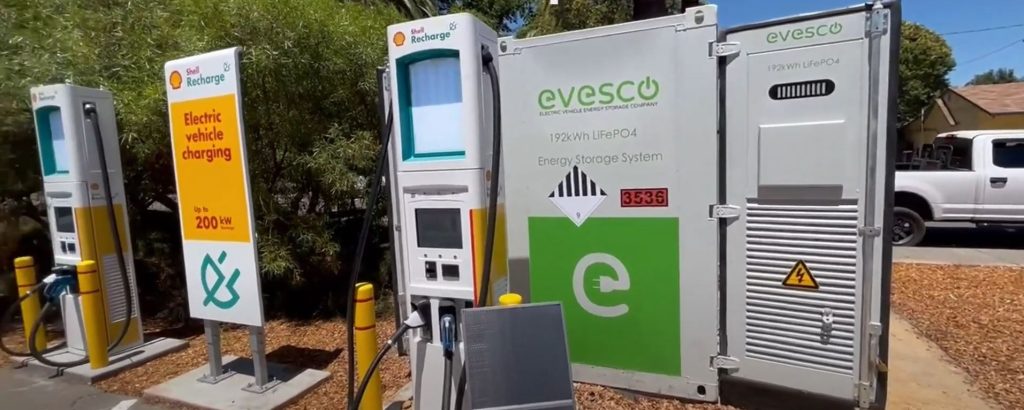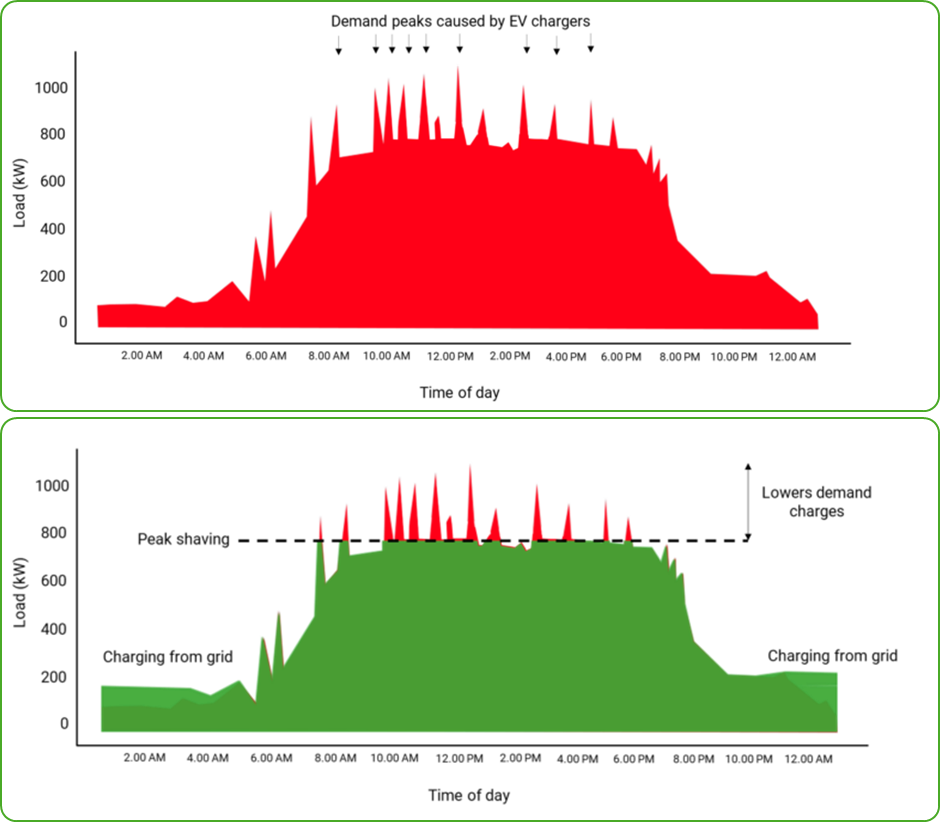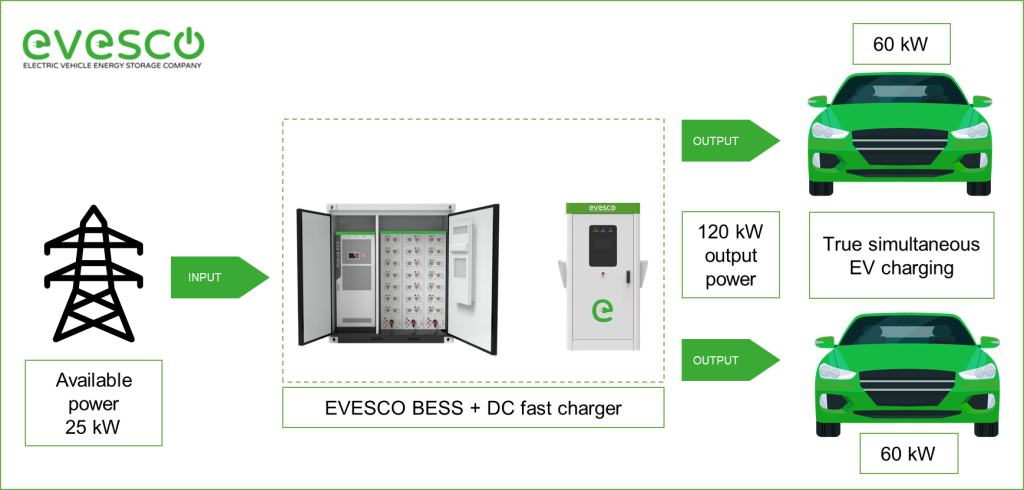The Benefits of Battery Energy Storage for EV Charging

Global electric vehicle sales remain strong, with 4.3 million new Battery Electric Vehicles and Plug-in Hybrids delivered in the first half of 2022—a 62% increase over the same period in 2021.
The rise in EVs is transforming road travel and the charging infrastructure needed to support it. A key trend is combining EV chargers with battery energy storage systems.
While the electrical grid spans wide, only some areas can support EV charging. Larger EV batteries and the demand for faster chargers—like 350 kW+ DC fast chargers—can exceed local grid capacity. Battery energy storage solves this by discharging power when demand peaks and recharging during low-demand periods. This approach avoids costly grid upgrades and maintains network stability.
Batteries not only enable EV charging in power-constrained locations but also offer additional benefits to station operators. Let’s explore how battery energy storage enhances EV charging infrastructure.
REDUCE EV CHARGING COSTS
Battery energy storage can shift charging to times when electricity is cheaper or more abundant, which can help reduce the cost of the energy used for charging EVs. The battery is charged when electricity is most affordable and discharged at peak times when the price is usually higher. The energy consumption is the same in kWh. However, electricity use has shifted from an expensive peak rate to a less costly off-peak rate.
This gives a competitive advantage as you have paid less for your energy than nearby EV charging stations, meaning you can either be more competitive on pricing to attract more EV drivers or maximize profitability per charge.
As you can see below diagram, the same amount of energy consumption is shifted from the peak rate to the off-peak rate.

REDUCE DEMAND CHARGES
As well as being charged for your energy consumption in kWh from your utility company, you will often be charged for your peak power usage in kW. This is the amount of power you draw from the electric grid in any 15-minute period. Battery energy storage systems can help reduce demand charges through peak shaving by storing electricity during low demand and releasing it when EV charging stations are in use. This can dramatically reduce the overall cost of charging EVs, especially when using DC fast charging stations. You can effectively ‘shave’ the peak demand, as illustrated in the diagram below. Discover more about lowering demand charges.

IMPROVE RELIABILITY AND RESILIENCE
Battery energy storage can provide backup power to charging stations during power outages or other disruptions, ensuring that EVs can be charged even when the grid is unavailable. This is especially important in emergency or evacuation situations; governments and municipalities must ensure that essential electric vehicle charging infrastructure can work during these events. The below diagram shows the difference between EV charging with battery energy storage and those without.

INCREASE EV CHARGING CAPACITY
Battery energy storage can increase the charging capacity of a charging station by storing excess electricity when demand is low and releasing it when demand is high. This can help to avoid overloading the grid and reduce the need for costly grid upgrades. In the example below, you will see that you can effectively increase the output power by adding battery energy storage. In this application sizing the battery energy storage system based on available grid power and EV charging demand is very important to ensure the battery can be charged in times of low demand.

INCREASE RENEWABLE ENERGY USE
Battery energy storage lets EV charging stations use excess solar or wind power, boosting renewable energy use, cutting fossil fuel reliance, and reducing greenhouse gas emissions—key steps toward global Net-Zero targets.
ENHANCE GRID STABILITY
By storing and releasing electricity as needed, battery energy storage smooths demand fluctuations, enhancing grid stability and reliability.
IMPROVE EFFICIENCY
Battery energy storage boosts EV charging efficiency by minimizing transmission losses and optimizing the charging process.
ENHANCE CONVENIENCE
Battery energy storage lets EV charging stations deliver reliable, on-demand power, even where grid access is limited or unreliable.
This can help to improve the overall convenience of EV charging for users and help enable EV charging anywhere.
Below is a video of an EVESCO battery energy storage system installed with DC fast charging stations.
Combining energy storage with EV charging offers many benefits, and demand will grow with rising EV ownership. At EVESCO, we’re excited about this technology and ready to help you meet your EV charging needs.



